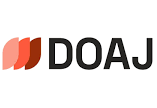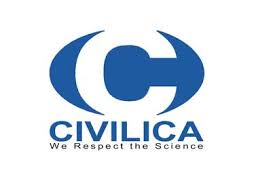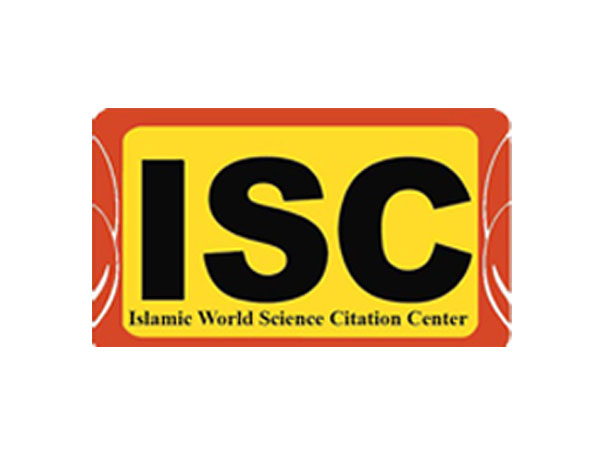معرفي نشريه
علمی
آخرین مقالات منتشر شده
-
دسترسی آزاد مقاله
1 - Simulation and Thermo-Mechanical Analysis of AA6063-T5 in FSW by FEM
Yunus Zarei Ahmad Afsari Seyed Mohammad Reza Nazemosadat Mohammad Mohammadiشماره 2 , دوره 13 , بهار 2024 -
دسترسی آزاد مقاله
2 - Numerical simulation of realistic Implants and implant prosthesis of molar teeth model by 3D Finite Element Analysis method during chewing cycle
Shahin Heidari Neda Nasrشماره 2 , دوره 13 , بهار 2024 -
دسترسی آزاد مقاله
3 - Numerical and Experimental Analysis of Temperature Field, Deformation, and Residual Stress in Two-Stage Single-Pulse Sub-Powder Welding Joints
Hamid Mozafariشماره 2 , دوره 13 , بهار 2024 -
دسترسی آزاد مقاله
4 - Comparison of the Microstructure and Mechanical Behavior of the Welding Zone of Aluminum Alloy 5754 by FSW and TIG Methods
Esmaeil Zarei Ahmad Afsari Eshagh Saharkhiz Seyed Kambiz Ghaemi Osgouieشماره 2 , دوره 13 , بهار 2024 -
دسترسی آزاد مقاله
5 - Investigation of Steel Slabs Marker Robotic Arm Control Parameters in Noise and Disturbance Absence/Presence
Mohammad Sajjad Mahdiehشماره 2 , دوره 13 , بهار 2024
پربازدیدترین مقالات
-
دسترسی آزاد مقاله
1 - Evaluation of the Cryogenic Effect on Friction Stir Processed AA7075/Si Matrix Nanocomposites
Navid Molla Ramezani Behnam Davoodiشماره 1 , دوره 13 , زمستان 2024 -
دسترسی آزاد مقاله
2 - Investigation of Mass Magnetic Abrasive Finishing Process on Compressor Blades
Seyed Alireza Rasouli Davood Noriشماره 4 , دوره 12 , پاییز 2023 -
دسترسی آزاد مقاله
3 - Experimental Investigation of One-pass and Two-pass Friction Stir Welding Process of Aluminum Alloy 6061 with and without Copper Foil
Qadarat Mohammad Jassim Al-Issawii Maziar Mahdipour Jalilian Mahdi Karami Khorramabadiشماره 4 , دوره 12 , پاییز 2023 -
دسترسی آزاد مقاله
4 - بررسی تولید مواد با استحکام بالا در فرآیند ECAP به کمک شبیه سازی سه بعدی
عرفان عباسی سید راوش احدیشماره 4 , دوره 1 , پاییز 1389 -
دسترسی آزاد مقاله
5 - Analyzing Thermomechanical Characteristics: A Comparative Study of Stationary Shoulder FSW and Conventional FSW
Mostafa Akbari Ezatollah Hassanzadeh Yaghoub Dadgar Asl Milad Esfandiar Hossein Rahimi Asiabarakiشماره 4 , دوره 12 , پاییز 2023 -
دسترسی آزاد مقاله
6 - The Effect of Power and Maximum Cutting Speed on the Material Removal Rate and Cutting Volume Efficiency in CO2 Laser Cutting of Polycarbonate Sheets
Majid Hashemzadeh Mehdi Mahammadiشماره 1 , دوره 9 , زمستان 2020 -
دسترسی آزاد مقاله
7 - An Electrochemical Investigation on the Effect of Heat-Stable Salts on the Corrosion Resistance of Carbon Steel in MDEA Solution
Hojatollah Abnavi Esmaeil Jafariشماره 3 , دوره 10 , تابستان 2021 -
دسترسی آزاد مقاله
8 - تولید کامپوزیت پایه فلزی Tio2/Al5083 به وسیله روش فراوری اصطکاکی اغتشاشی (FSP)
رضا عبدی بهنق رسول سالک رستم محمد کاظم بشارتی گیویشماره 2 , دوره 1 , بهار 1389 -
دسترسی آزاد مقاله
9 - Investigating the Effect of Titanium Addition on the Microstructure and Mechanical Properties of Ni-Hard 4 Cast Iron
Masoud Bahrami Alamdarlo Kamran Amini Vahid Nemati Najafabadi Mahyar Mohammadnezhadشماره 1 , دوره 5 , زمستان 2016 -
دسترسی آزاد مقاله
10 - Enhanced Microstructure and Mechanical Properties of A216 Steel by Friction Stir Processing
Gholamreza Khalaj Gholamreza Ghaffari Bahram Abdolmalekiشماره 4 , دوره 11 , پاییز 2022











